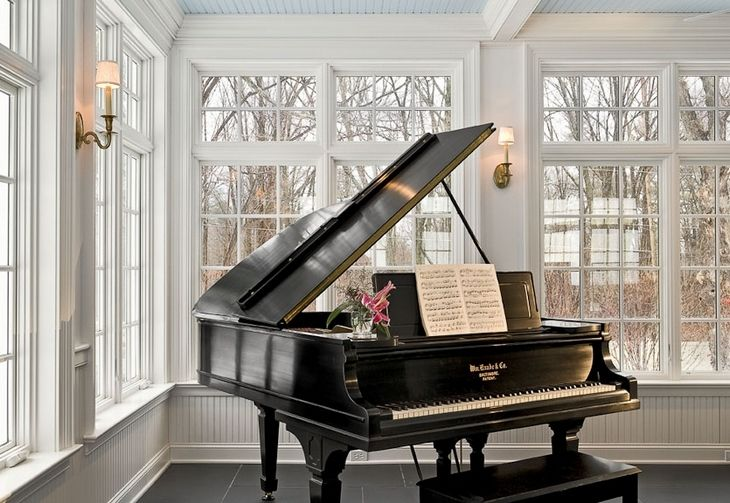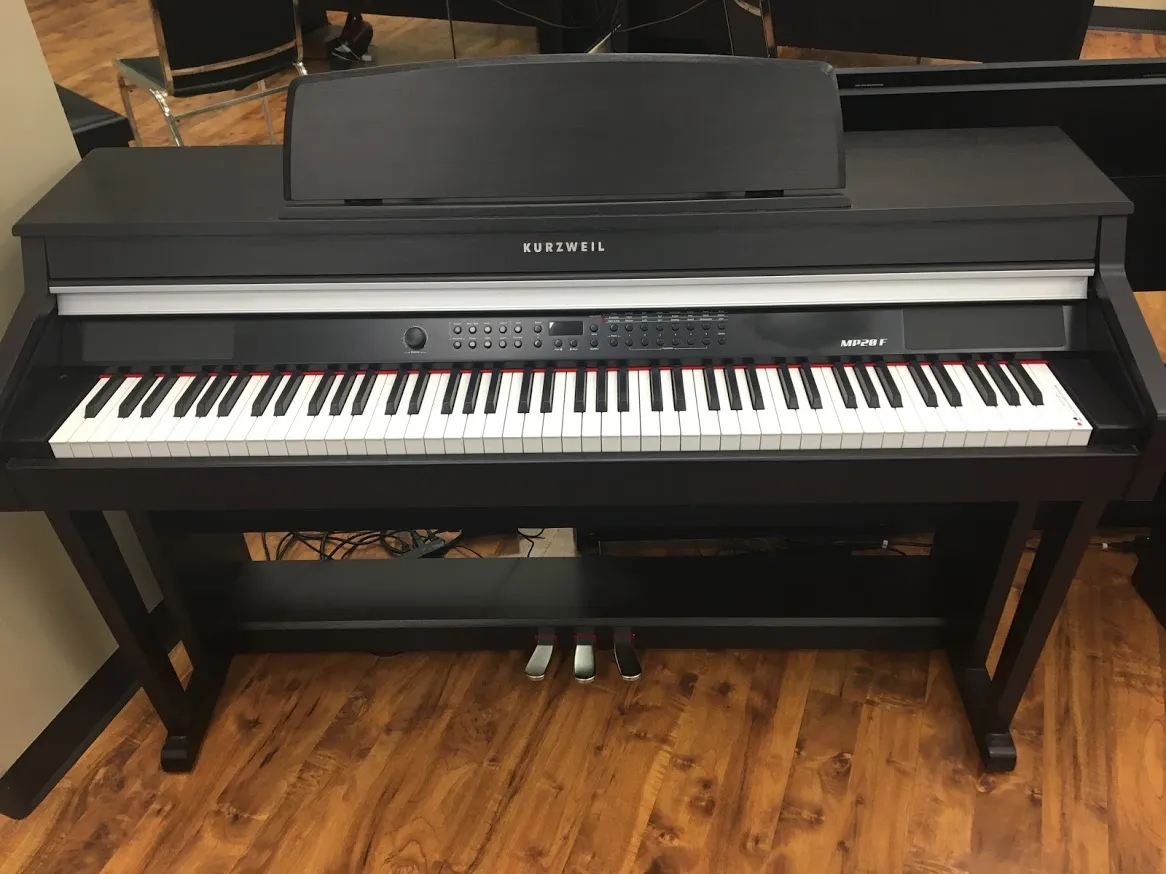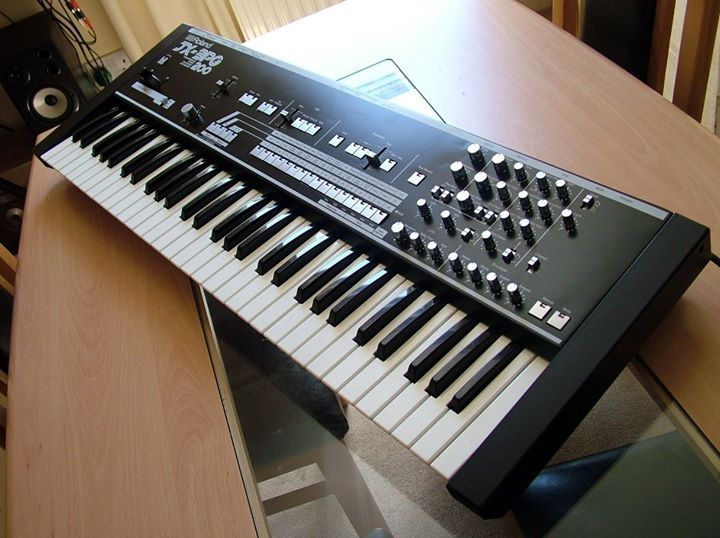Do you know what some of the most famous classical musicians and composers, such as Ludwig van Beethoven, Frederic Chopin, and Sergei Rachmaninoff, all have in common? They were pianists! No wonder the humble piano has become one of the most popular instruments, transcending languages and nations and withstanding the test of time!
Piano” is short for pianoforte meaning “soft-loud,” and a typical modern grand piano consists of 12,000 parts, each meticulously crafted and carefully assembled to create its signature sound. It's no surprise, as pianos are incredibly versatile instruments that come in many different types! In this comprehensive guide, we'll discuss the various types of pianos and how you can even learn the piano online.
Horizontal vs. Vertical Pianos

When it comes to choosing a piano, one of the first decisions you'll need to make is whether you want a horizontal or vertical piano.
Horizontal pianos, also known as grand pianos, are the epitome of elegance and sophistication. They have a long, horizontal frame with strings stretched parallel to the ground. Grand pianos are known for their superior sound quality and responsive touch, making them the preferred choice of many professional pianists and music enthusiasts.
Vertical pianos, also known as upright pianos, have a vertical frame with strings stretched upwards. They are more compact and take up less space compared to grand pianos, making them a popular choice for those with limited space. They are generally more affordable than grand pianos, making them a great option for beginners or those on a budget.
When it comes to choosing between horizontal and vertical pianos, it ultimately depends on your personal preferences, budget, and available space. Consider factors such as sound quality, touch sensitivity, size, and aesthetic appeal. Whether you decide to hire a piano tutor or learn piano online at your own pace, exploring the different types of pianos and keyboards is an exciting adventure that will open up a world of musical possibilities.
Different Types of Pianos
If you're looking to explore the world of pianos, you'll be delighted to know that there are several types to choose from. Let's dive in!
-
Grand Piano: One of the most popular types of piano is the grand piano. This iconic instrument is known for its majestic presence and rich sound.
-
Upright Piano: These vertical pianos are more compact and can fit comfortably in smaller living spaces. They offer a great sound and are a popular choice for beginners.
-
Digital Piano: These electronic instruments replicate the sound and feel of acoustic pianos while offering additional features such as headphone compatibility and the ability to record and play back your performances.
-
Hybrid Piano: These instruments offer the rich sound of an acoustic piano with the convenience and modern technology of a digital piano.
-
Electronic Variants: In addition to these popular types, some electronic keyboards and synthesizers offer a range of sounds and effects for experimental musicians and composers.
So let's get started on this piano journey and discover the instrument that speaks to your heart!
Grand Pianos

Grand pianos are the epitome of elegance and grandeur. They are the largest and most prestigious type of piano, offering a magnificent presence and unparalleled sound quality. The several types of grand pianos include the concert grand, parlor grand, and baby grand.
The concert grand piano is the largest and most majestic of them all. It is often found in concert halls and prestigious venues, with a length that can range from 7 to 10 feet. The concert grand offers a powerful and rich tone, capable of filling a large space with its sound.
The parlor grand piano is slightly smaller than the concert grand, ranging from 6 to 7 feet in length. It is often chosen by serious pianists who want a professional instrument but have limited space. The parlor grand offers a beautiful sound with a more manageable size.
Lastly, the baby grand piano is the smallest of the grand pianos, ranging from 4 to 6 feet in length. It is a popular choice for homes and smaller performance spaces, as it offers a compact size without compromising on sound quality.
Taking online piano classes allows you to access comprehensive lessons and tutorials from the comfort of your home. Explore the different types of piano keyboards, such as weighted and semi-weighted keyboards, to find the one that suits your playing style and preferences.
-
Must Read: Benefits of Learning Piano Online for Beginners
-
Upright Pianos

Upright pianos, also known as vertical pianos, are a popular choice for many musicians and piano enthusiasts. They have a vertical body, with the strings and soundboard positioned vertically. This design makes them more compact and space-efficient compared to grand pianos. Here are different types of upright pianos
The spinet upright piano is the smallest and most compact of the upright pianos, with a height ranging from 36 to 40 inches. It is ideal for smaller living spaces or rooms with limited space. The spinet piano has a unique construction, with the strings positioned diagonally.
Console upright pianos are slightly taller, ranging from 40 to 44 inches in height. They are a popular choice for home use and offer a richer and fuller sound compared to spinet pianos. Console pianos often have a more responsive action, allowing for greater control and expression while playing.
Studio upright pianos are the tallest of the upright pianos, with a height ranging from 45 to 52 inches. They are often found in music studios, schools, and performance venues. Studio pianos have a robust construction and offer a powerful sound and a more advanced playing experience.
Upright pianos are a great option for beginners and intermediate players, as they provide a compact size without compromising on sound quality and are more affordable
Digital Pianos

Digital pianos have become increasingly popular in recent years due to their versatility and convenience. These electronic instruments are designed to replicate the sound and feel of acoustic pianos while offering additional features that cater to modern needs.
One of the key advantages of digital pianos is their portability. Unlike acoustic pianos, which can be heavy and difficult to move, digital pianos are lightweight and compact. This makes them ideal for musicians who frequently travel or for those who have limited space in their homes. You can easily take a digital piano to gigs, rehearsals, or even to a friend's house for a jam session.
Many models come with built-in headphone compatibility, allowing you to practice silently without disturbing others. They often have a variety of instrument sounds and effects, so you can experiment with different tones and styles. Some digital pianos even have recording capabilities, allowing you to capture your performances and share them with others.
Another advantage of digital pianos is their maintenance-free nature. Unlike acoustic pianos, which require regular tuning and maintenance, digital pianos are virtually maintenance-free. They don't have strings or hammers that need adjusting, and they don't go out of tune. This can save you time and money in the long run.
Hybrid Pianos

Hybrid pianos are the perfect blend of tradition and innovation. These unique instruments combine the elegance and craftsmanship of acoustic pianos with the versatility and modern features of digital pianos.
The main advantage of hybrid pianos is their ability to replicate the sound and feel of an acoustic piano. They often have a real wooden keyboard and use hybrid technology to produce a rich and expressive tone. This means you can enjoy the warmth and depth of an acoustic piano but with the added benefits of digital features.
Hybrid pianos also offer a range of digital capabilities. They may have built-in speakers, headphone compatibility, and MIDI connectivity, allowing you to connect to other devices and expand your musical possibilities. Some hybrid pianos even come with recording and playback functions.
Another advantage of hybrid pianos is their maintenance-free nature. Just like digital pianos, they don't require regular tuning or adjustment of strings, which saves you time and money.
-
Must Read: From Beginner to Prodigy: How to Nurture Your Child's Musical Talent
-
Electronic Keyboards and Synthesizers

Electronic keyboards and synthesizers are versatile instruments that offer a wide range of sounds and effects. They have become increasingly popular among musicians and composers, thanks to their ability to create unique and experimental music. Electronic keyboards are designed to replicate the sound of traditional pianos, with the added advantage of being portable and lightweight. They often come with a variety of instrument sounds, allowing you to switch between different tones and styles.
Synthesizers, on the other hand, offer even more flexibility, as they allow you to manipulate and create new sounds using oscillators, filters, and modulators. Whether you're a beginner looking to explore different musical genres or an experienced musician looking for new sonic possibilities, electronic keyboards and synthesizers offer endless opportunities for creativity. So plug in, turn up the volume, and let your imagination run wild with these exciting instruments!
Statistics and Fun Facts about Pianos
Pianos are beautiful and versatile instruments, and there’s a lot to know about them! Here are a few statistics and fun facts to impress your friends and show off your piano knowledge:
1. Did you know that there are an estimated 18 million pianos in the United States alone? That's a lot of pianos!
2. The largest piano in the world is the "Challen Concert Grand Piano." It measures a whopping 11 feet and 10 inches long and weighs over two tons! Imagine trying to fit that in your living room.
3. On the other end of the scale, the smallest piano in the world is the "Travelling Piano" created by Pawel Grunert. It's only 16.5 inches long and weighs just over 3 pounds. Talk about portable!
4. The oldest known piano in existence today dates back to 1720 and is called the "Bartolomeo Cristofori." It's a true testament to the enduring craftsmanship of these instruments.
5. It's estimated that about 80% of all pianos are either upright pianos or grand pianos. So, if you're looking to buy a piano, you're likely to choose one of these types.
6. The longest piano-playing marathon by an individual lasted for an incredible 103 hours, 18 minutes, and 17 seconds! Now that's a dedication to the instrument.
7. Beethoven, one of the most famous composers and pianists in history, used to pour cold water over his hands before playing to keep them cool and prevent sweating. Talk about keeping your cool under pressure!
Conclusion
PPianos are truly remarkable instruments that offer a world of musical possibilities. Whether you're a beginner just starting your piano journey or an experienced player looking to expand your skills, there's a type of piano that will suit your needs.
When it comes to learning the piano, there are many resources available to help you along your musical journey. CommonTime stands out as the best online piano class provider. With a team of talented and experienced teaching artists from around the world, CommonTime offers a comprehensive curriculum that caters to all skill levels. Their online piano lessons provide convenience, flexibility, and personalized instruction, allowing you to learn and master the piano at your own pace.
Take the first step on your piano journey and let the music guide you to new heights of expression and creativity. Happy playing!



